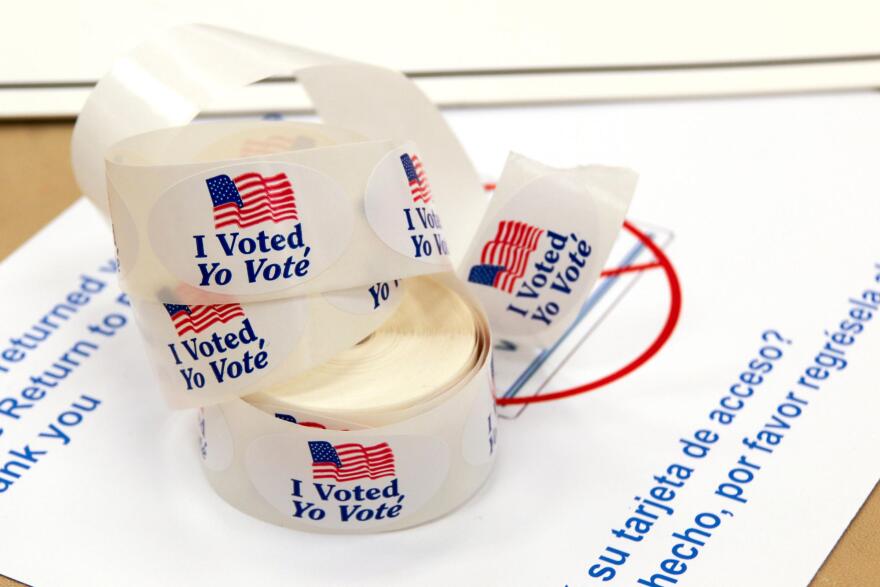The presidential, and other elections, are just under six weeks away. But making sure non-English speakers and young voters have the information they need to participate in the election is a concern, according to a new study from U.C. Riverside.
Between voting by mail and changes to in-person polling places, voters face a different election system this year due to COVID-19. Study author and U.C.R. Professor Francisco Pedraza says it is especially critical to get that information to first time voters and people who do not vote in every election and are not confident with the process.
“It’s the low propensity voters who we are the most concerned about, the people who might otherwise slip through the cracks," said Pedraza. "We want to make sure that they are aware of what their options are and that they are completely informed in time for the upcoming election.”
Through his focus group study with non-English language communities and young voters he found these groups are often less connected to the news cycle so they can miss out on changes to voting in real time. Pedraza says the challenge is not just about getting the information out quickly.
“But you also now have to address the challenges associated with translating and interpreting the messages that address specific concerns about vote by mail and even in the context of voting in the pandemic, voting in person,” said Pedraza.
In a normal election year, barriers like language, ridged work hours or lack of transportation, can make it difficult to vote and may be one reason California has seen voting disparities on the basis of race in the past.
According to the latest data from the California Public Policy Institute, the state’s likely voters are disproportionately white, older and U.S. born. The state is 44 percent white, but they make up 55 percent of likely voters. The largest minority population, Latinos, represent 35 percent of the adult population, but are likely to account for only 21 percent of the vote.
Now, throw in the confusion and complication of voting during the pandemic and Pedraza says he is concerned about the share of non-white voters shrinking further and what this loss could mean.
“If their voice is missing, we run the risk of elected officials going back to the table and moving forward with policy that may not actually reflect what society needs,” said Pedraza.
One of the solutions he suggests is a reliance on trusted community groups to pass voting information to these people, including in-language outreach.
Which is where, Michael Gomez-Daley comes in. He's director of Inland Empowerment, a coalition of community groups in the Inland Empire.
“We know there is going to be a possibility of depression in turnout," said Gomez-Daley. "So we are doubling down on ensuring that we can educate folks on where all the polling locations are, how they can mail their ballots as soon as possible and where all the mail drop boxes are.”
The coalition provides in-language outreach especially to Latino voters. He says they will start by focusing on contacting people who do not normally vote by mail and make sure they both know to look out for a ballot and the procedure for using it.
Normally voter outreach would begin at the end of September, but groups started shortly after Labor Day using text, phone calls and virtual town halls- since ballots will be mailed starting the first week of October.
Mariela Jaquez, a community organizer for the High Desert region, is trying to connect with Spanish language television and social media influencers to get the word out. In her phone conversations with voters she tries to take a personal approach.
“It’s more of, like hey what matters to you? What’s going on in your life and your community that needs to change?” said Jaquez.
And this culturally focused plan is exactly what Pedraza says organizers need to do.
"We can’t solve this with one sort of strategy," said Pedraza. "We can’t assume that if we do a bunch of outreach material by radio or television or newspaper that it will reach every community in the same way.”
He says hopes with enough outreach, voters will feel empowered to make the choice to participate in the election.

